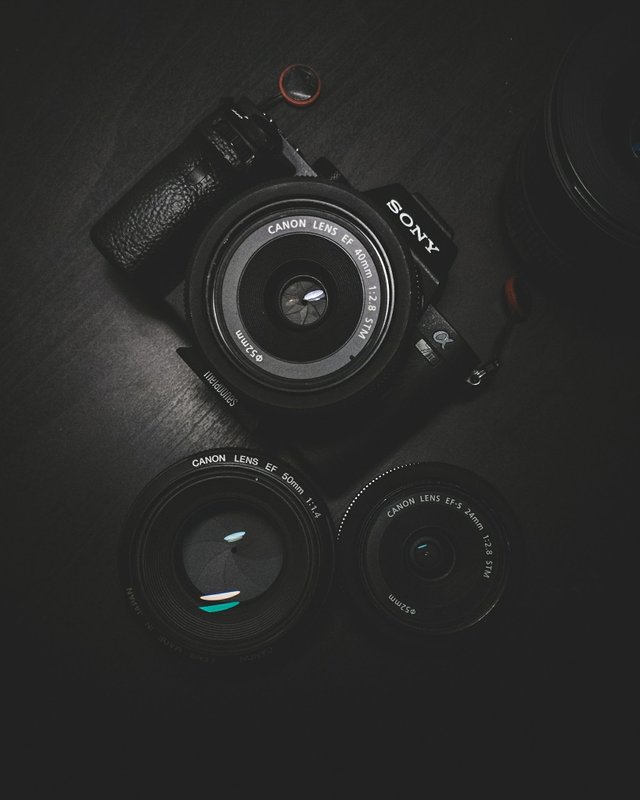History of photography

Photography is an art and science that has captured the imagination of people for over 150 years. It is a medium that allows people to capture and preserve memories, tell stories, and document events. Photography has evolved greatly over time, and its history is rich and complex. In this article, we will explore the evolution of photography from its early beginnings to modern times.
The Early Days of Photography
The origins of photography can be traced back to the 1800s when inventors began experimenting with light and chemicals to create images. One of the first attempts was made by Joseph Nicéphore Niépce, who created the first permanent photograph in 1826 using a camera obscura and a plate coated with bitumen. However, the process was slow and impractical.
Louis Daguerre, a French artist and inventor, improved the process of photography in 1837 by developing the daguerreotype process. This process involved exposing a copper plate coated with silver iodide to light, which created a unique image. Daguerre's process was much faster than Niépce's, and the images produced were of higher quality.
The development of the daguerreotype sparked interest in photography, and many inventors began to experiment with new processes. William Henry Fox Talbot, an English scientist, created the calotype process in 1841, which used paper coated with silver chloride to create a negative image that could be used to produce multiple prints. This process made photography more accessible and popularized the use of negatives in photography.
Evolution of Photography
Over time, photography continued to evolve, with inventors developing new processes and techniques. In the mid-1800s, the wet plate collodion process was introduced, which allowed photographers to create a glass negative that produced a much sharper image than previous methods.
In the late 1800s, the introduction of roll film by George Eastman made photography more accessible to the general public. The first camera to use roll film was the Kodak camera, which was introduced in 1888. This camera was inexpensive, easy to use, and allowed people to take photographs without needing specialized knowledge or equipment.
In the early 1900s, the introduction of the 35mm camera by Oskar Barnack revolutionized photography. This camera was small and portable, and it used a small strip of film that allowed photographers to take many photographs without needing to reload the camera. The 35mm camera became the standard for photojournalism, and it remains a popular format for photography today.
The digital revolution in the 1990s and 2000s transformed photography once again. Digital cameras allowed photographers to take photographs without the need for film and chemicals, and images could be immediately viewed and edited. The rise of smartphones with high-quality cameras has made photography even more accessible, with people now able to take and share photographs anytime and anywhere.
Conclusion
The history of photography is one of evolution and innovation. From the early days of the daguerreotype to the rise of digital photography, photographers have continued to experiment with new processes and techniques. Photography has become an essential medium for communication, documentation, and artistic expression, and its evolution over time has helped to shape the world we live in today.
